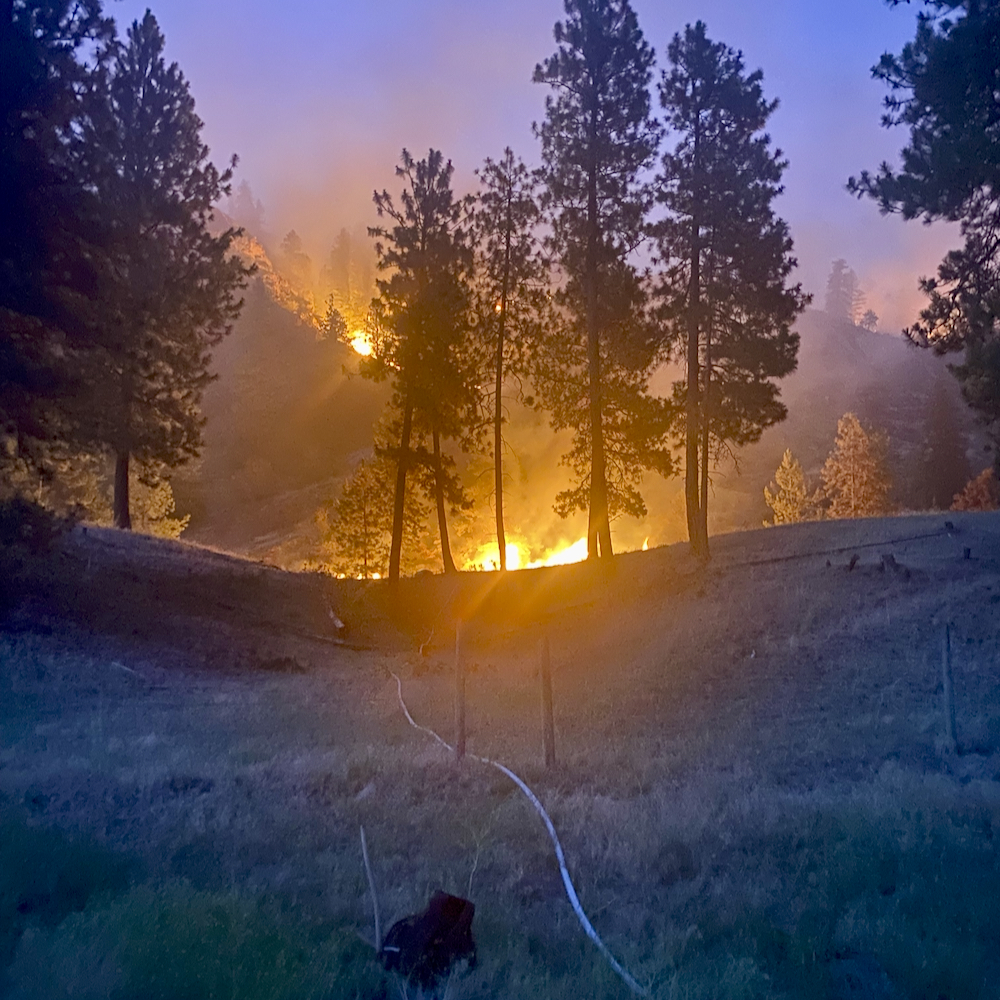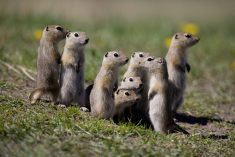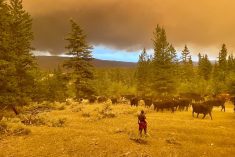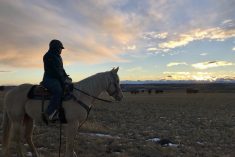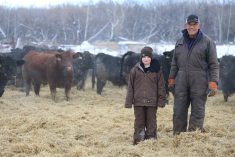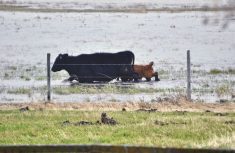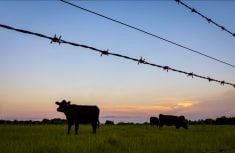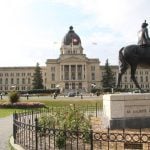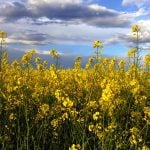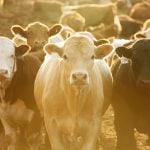The wildfires that upended Chris Haywood-Farmer’s world last summer are likely still smouldering this winter, deep in the roots of the charred rangeland.
For safety reasons, parts of this vast Crown range were closed for public recreation throughout the fall, a reminder of what the fourth-generation rancher and his family faced earlier that year.
“We would go out looking for cattle in areas that looked like they were pretty cool until you get up there, and then there’s still … smoke coming up from the ground,” says Haywood-Farmer.
Read Also
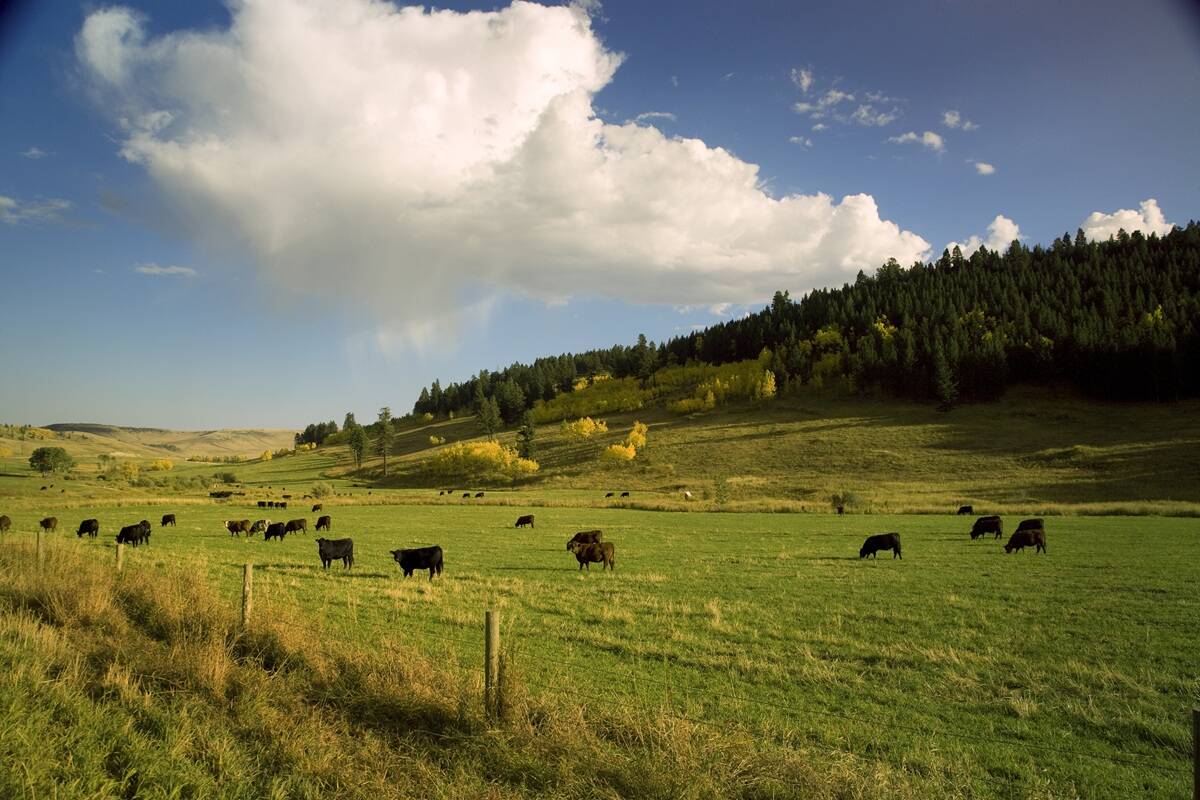
Are you a competitive supplier of weaned beef calves?
Beef farmers and ranchers need to strategically manage costs to achieve and maintain profitability.
In the past, wildfire has affected the 1,200-head cow-calf operation that Haywood-Farmer and his family run at Savona, British Columbia, but in much smaller instances — nothing close to what they experienced in 2021.
“Through the summer we were surrounded,” he says. “We have three main ranges, and they were all at one point —from June on to September — burning.”
The first fire started on June 27, the cause of which hasn’t been verified. “That was on our north-side range, so we were on that one pretty heavily, moving cattle to the south away from where the fire was burning the hottest,” Haywood-Farmer says. While they were able to stay ahead of the fire and didn’t lose any cattle on this range, around 60 per cent of the land was burned.
A second fire started on another range south of their home. “We got lucky on that one also where we didn’t lose anything, but it burned a portion of range there as well.” Then came the third and largest fire, burning over part of the second fire and leaving devastation in its wake.
Haywood-Farmer’s wildfire experience is not new to B.C. ranchers by any means, but it’s the kind of story that’s become all too familiar in the last few years. The summer of 2017 went on record as having the worst wildfires in the province’s history, but then came 2018, and 2021 would make headlines yet again.
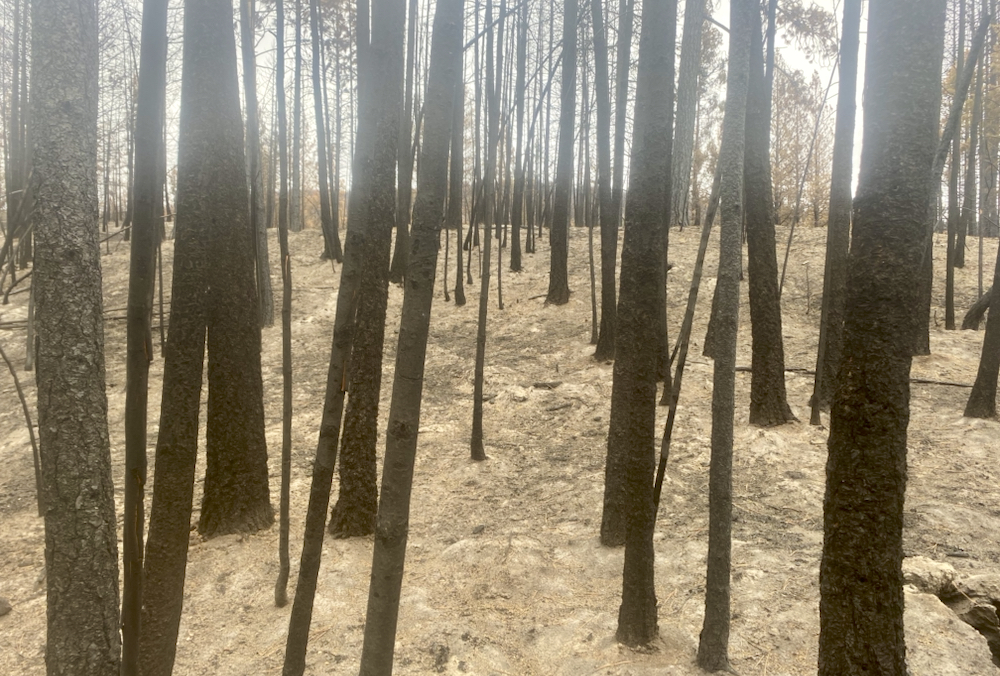
“It’s really bad when we’ve got to start to compare the bad fires to the bad fires,” says Kevin Boon, general manager of the B.C. Cattlemen’s Association (BCCA).
B.C.’s top three worst wildfires occurred in the last five years, but the wildfires that ravaged B.C. in the summer of 2021 differed from those of 2017 and 2018 in some major ways. “This year was in an area that was much more highly populated and densely populated, so it created a different context in that it affected a lot more people a lot more severely,” says Boon.
Compared to 2017 and 2018, where essentially one massive fire burned, several large fires burned throughout the province simultaneously in 2021, creating a huge strain on the available firefighting resources.
The historic 10-day heat event that led up to the fires, with temperatures rising to almost 50 C in parts of the province, practically turned the land into kindling.
“The trees were so dry that it was like firewood. There was no moisture in them, so they were burning a lot hotter with a lot more intensity and a lot quicker than what we’d seen in previous years,” says Boon.
“That dryness and that heat was what led to the multiple fires in multiple areas because it took nothing to start a fire. In fact, it was close to spontaneously combusting in some places.”
The afternoon of July 11 reached 45 C at Okanagan Falls, B.C., exacerbating a human-caused fire that quickly took off near Brian Thomas’s family ranch. Situated in a dry, rocky landscape, the ranch had seen its share of small fires over the years.
Thomas is an experienced firefighter, having worked on standby for the B.C. Wildfire Service for decades. He and his son-in-law stayed behind to protect their home, turning on irrigation around the buildings and tilling a fireguard, but the fire was moving fast. “The first hour it probably went a kilometre, if not more,” he recalls.
Soon, a cousin arrived with a water truck, and a neighbour joined them. Their crew was allowed to stay, having been hired by the B.C. Wildfire Service to do so. Then, reinforcements arrived.
“At that time there was a forestry crew flying over in a helicopter, going to another fire, and they stopped in,” says Thomas, noting that the six forestry personnel were all that was available at the time to help, working for two days straight. The local volunteer fire department also came to help, and they also obtained a water bomber. Together, the makeshift crew directed the fire away from the buildings, forcing it to burn uphill, above the ranch.
“We were fairly well prepared for this fire, and I think if we hadn’t have been home and weren’t prepared for it, I think it would have burned us out,” he says.
“It seems about every five to 10 years we have a fire. And now it’s getting to be not if, it’s when a fire’s going to start.”
Acknowledging ranchers’ firefighting value
“They sat in every day with the actual incident commander of every fire, so they were right at the fighting level and heard the daily briefing of what was going to be done on each of the fires to fight them, and they were able to inform the ranchers out there that had cattle on the ground so that we were able to move cattle out of harm’s way,” Boon explains.
Ranch liaisons also aimed to provide information about the landscape to the incident commander. “We maybe weren’t quite as successful at getting that portion of it done this year in all cases. Some of the incident commanders received it better than others, but it was a start down that line,” he says.
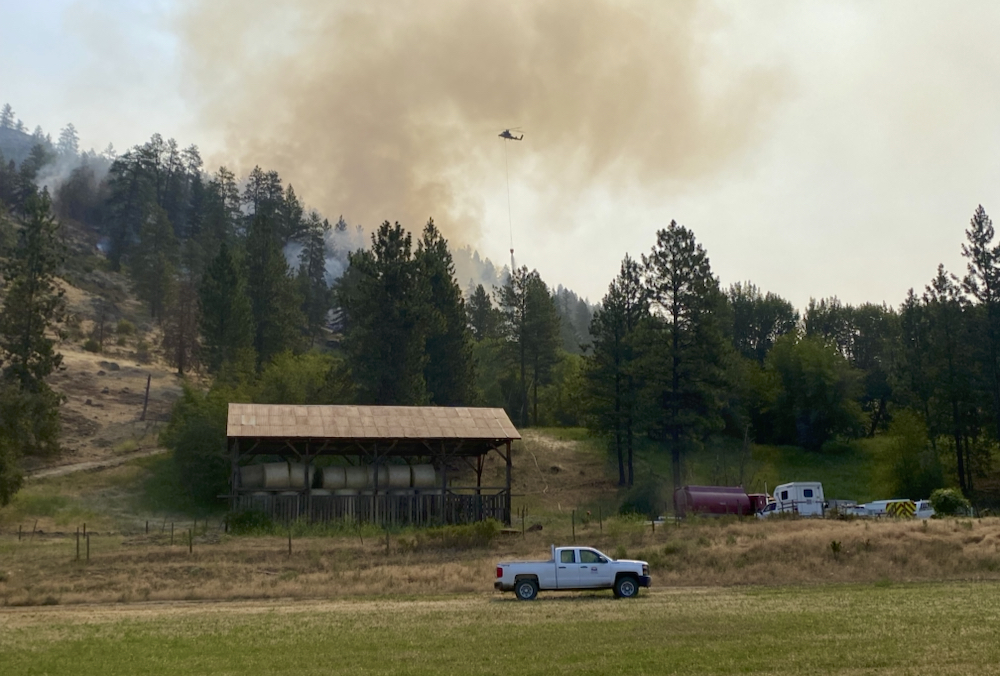
With wildfires burning in other provinces and the northwestern U.S., there were even fewer resources available to help. Despite this, Boon adds, the authorities didn’t seem as quick to co-operate with ranchers and loggers who have the equipment, experience and knowledge of the land to help. However, this changed as the fires raged on.
“Each of these seasons that we have brings some new realizations in place, and I think … that need to really incorporate the base resources that are there, being the ranchers and the loggers and the different industries there as an asset, not just a hindrance, and co-ordinate with them, was very relevant this year.”
For example, Haywood-Farmer and his brother stayed behind to help fight the fires, which caused some initial tension with firefighters. “Once they realized that we weren’t trying to get in their way, we were just trying to help out, we ended up getting hired on by B.C. Wildfire Service and fought alongside them,” he says.
“Between my brother and I, we had a crew each, and we held this side alongside the Wildfire branch because they were stretched so thin that they had very few people out there. But we developed a trust between one another.”
Boon reports that B.C. Wildlife Services plans to make BCCA’s ranch liaison system a permanent part of the wildfire response, with a manual and training program in the works. The association will also be working with B.C. Wildfire Service to create a program to provide ranch fire brigades with equipment to stop fires before they get out of control.
New approach, supports, needed
In the aftermath, though, the devastation can result in severe mental health impacts for those who lose livestock, infrastructure, grazing land and feed supplies. “The strongest of them will collapse under that and that mental toll,” says Boon, who encounters a new group of ranchers each year who have experienced substantial loss from wildfires.
Haywood-Farmer and his family lost about 100 head due to the fire, as well as hundreds of kilometres of fenceline and four range corrals. In addition to dealing with those losses, they have to adjust their range-use plan to reflect the burned landscape.
“The next steps that we’ve been working on is to figure out how severe each area of the range has been burned, what is actually going to be usable for this coming year and what isn’t, and how we go about managing those areas that are usable and how many animals can go out there,” he says.
Thomas and his family didn’t have issues getting their cattle to safety. “The fire was between our ranch and the range, plus the cows were probably up about in the summer range, so by the time the fire got there, it was going pretty slow,” he says. Their losses came in the form of fences and about a quarter of their total rangeland burned.
When it’s time to rebuild, programs such as AgriRecovery have been critical to giving affected ranchers a boost, says Boon. “It is something for them to build on, because there’s nothing like a bit of hope to help them heal the wounds.”
However, the effect of this extreme stress is something we need to be more aware of, even as devastated ranchers show great strength in working to move ahead. “I think that that says an awful lot for the industry, but the mental aspect is probably the most detrimental and the biggest risk to these ranchers that we need to pay very close attention to when these events happen.”
It’s not only the mental health effect of wildfires that requires greater awareness. The fires and heatwaves that affected much of Canada in summer 2021 signalled a shift in tone in how to prepare for these disasters. Boon believes we can’t just accept that this is the inevitable result of climate change; instead, we need to pay attention and learn how to adapt to these changing conditions to ensure better fire prevention as well as firefighting approaches.
“We have to do a better job of creating breaks in the landscape so that the firefighters are able to get in there and do it, and we have to manage the densities of the forests out there so that there isn’t the amount (of fuel) that is there, and utilize things like cultural burning and prescribed burning at the proper times.”
To reduce fuel loads, grazing pilot projects in B.C. are already proving the value of cattle in fire prevention. “There’s a lot of things we can do out there, but it’s going to mean a realization that there has to be a change in some of the management at a landscape level, but also in the attitudes of society as to what we do on that land,” says Boon.
This includes wider societal acknowledgement of how livestock benefit the environment. “They’re a much bigger part of the protection of it than they are to the downfall of it, and that is where society needs to start and look at the facts and look at reality and not look at the opinions that are being expressed by those that aren’t out there on that ground.”


